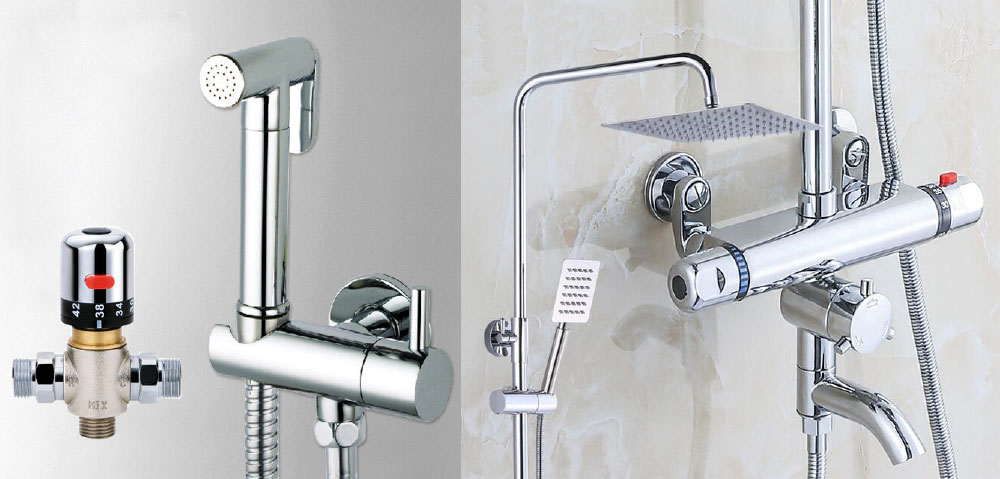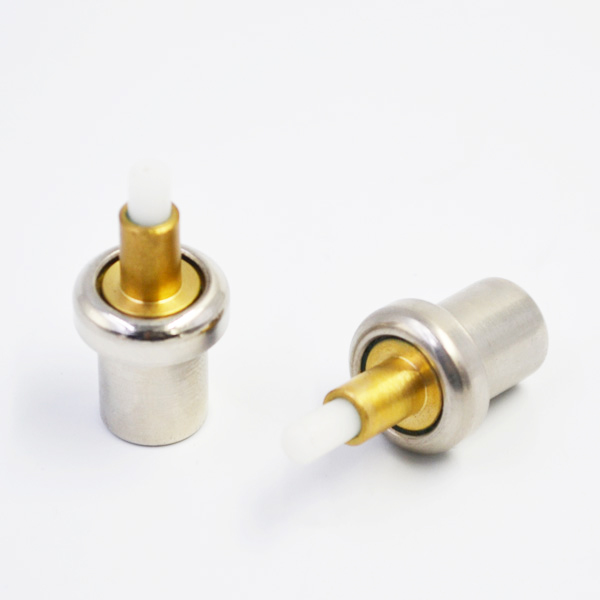In order to meet the requirements of the times, Shandong Vocational and Technical College of Labor has carried out a systematic curriculum reform of programmable controller technology based on working process. Four typical projects about programmable controller technology are selected. Each project is divided into four steps based on the working process. The relevant theoretical knowledge of the course is related to each step of each project. Guiding students to learn relevant theoretical knowledge under the goal of completing the project. In recent years, “dislocation of supply and demand” has become the biggest obstacle to China’s sustained economic growth: on the one hand, excess capacity has become a major burden restricting China’s economic transformation. On the other hand, China’s supply system, on the whole, is excessive in low-end products and insufficient in high-end products.

In order to reverse this situation and find a new economic growth point, this year the central government put forward the suggestion of supply-side structural reform, which put forward higher requirements for China’s manufacturing industry. In fact, this is not only the request of the central government, but also the only way for today’s manufacturing industry to seek greater development. At present, the bottleneck of China’s manufacturing industry is over-reliance on labor, land, resources and other general factors of production input, while the proportion of high-level factors such as talent, technology, knowledge, information is low, resulting in more middle and low-end industries, excessive consumption of resources and energy and other issues. If we want to produce high-end products with excellent brand, we must strengthen the reform of educational talent system and pay close attention to the cultivation of innovative talents.
Shandong Vocational and Technical College of Labor has been devoted to the training of high-end skilled workers for 60 years. It takes the revitalization of manufacturing industry as its responsibility, adheres to the integrated training program of teaching, learning and doing, and creates a large number of high-level skilled workers with craftsmanship, dedication and innovation spirit. However, vocational education is also facing many difficulties: first, there is a certain prejudice against vocational education, which leads to the quality of vocational education students lagging behind, students’learning ability is low, and their learning enthusiasm is not high; second, vocational education teachers generally become teachers directly after graduation from higher education, without or lack of practical experience in enterprises; and In addition, the teaching content of general higher education is quite disconnected from that of Higher Vocational education: general higher education attaches importance to the teaching of theoretical principles, and vocational education attaches importance to the teaching of operational skills, so college graduates have a strong feeling of inadequacy in carrying out higher vocational education. In order to improve these disadvantages, Shandong Labor Vocational and Technical College has done a lot of measures: on the one hand, it has made great efforts to carry out curriculum reform, teach students in accordance with their aptitude, tailor-made training methods for students, and attract students’interest in learning; on the other hand, it has sent a large number of key teachers to enterprises every year to take part in training, learn practical experience and exercise operational skills. In this way, the curriculum reform of programmable controller technology came into being. Programmable Logic Controller (PLC) is powerful and easy to use.

It is widely used in manufacturing industry. It is a very important professional course for mechanical and automation majors. Because of its strong applicability, this course has always adopted the teaching mode of theory plus experiment. First, the structure and working principle of PLC are introduced. Then, the basic programming language, functional programming language and programming method are introduced.
In order to promote students to understand the theory of PLC and to train their programming skills, about ten programming experiments are generally designed. The effect of this teaching mode is not ideal.
Firstly, students are not interested in theoretical study and their abstract thinking ability needs to be improved. Secondly, the designed programming experiment serves the theory teaching, and a complete PLC project is not systematic enough. The final result is that after the course, the students still know little about the theoretical knowledge and the operation ability is not complete enough to complete the design of the whole PLC control system. To this end, our preliminary idea of curriculum reform is: since we are vocational colleges, we should put more emphasis on practice than theory.
Reduce the scope of theoretical knowledge, reduce the theoretical difficulty, increase the experimental class hours, increase the training time of operation ability, hoping to achieve the purpose of making students skilled in the operation of PLC. After several sessions of student training, we found that such reform still has drawbacks. Although students can skillfully complete several PLC projects, but the ability to expand skills is not high, and due to the lack of sufficient theoretical knowledge, the ability to innovate in the work is not high, which is contrary to our purpose of training high-end skilled personnel. How to reform the curriculum so that students can not only be proficient in operating skills, but also stimulate students’interest in learning, and master enough theoretical knowledge? A report by Jiang Dayuan, a researcher at the Institute of Vocational and Technical Education Center of the Ministry of Education, on the development and implementation of systematic work process curriculum has inspired us. So we set up the curriculum reform of programmable controller technology based on the systematization of working process. The specific process of reform is as follows: we created a business task scenario, assuming that students will complete a project in their work. Several typical PLC projects are selected by experienced teachers. Selection criteria are representative, thermostatic element commonly used in engineering practice, closely linked with theoretical knowledge, and can be achieved on the school training platform. We initially selected eight items: sky tower light, water tower water level control, vending machine, automatic shuttle car, traffic signal control, mail sorting control, answering machine, four-storey elevator control. These projects are very common in enterprise practice, but because there are some similarities between some projects, in order to improve the representativeness, let each project have its own characteristics, delete and delete again, and finally retain four, they are: the light of the Tianta, water tower level control, vending machine, four-storey elevator control. For each project, our overall design idea is to break the traditional subject curriculum model characterized by knowledge imparting, change it into a clue to accomplish typical tasks, and integrate relevant theoretical knowledge, professional accomplishment, professional ability into specific working steps, so that students can learn in work, work in study and practice. It realizes the integration of theory and practice. Each typical task is divided into several steps based on the working process.
In each step, there are not only the theoretical knowledge that students must master, but also the related skill operation. The theoretical knowledge serves to guide the skill operation, and the skill operation will consolidate and improve the theoretical knowledge. Each typical programmable controller project has basically the same completion steps. These steps have portability.

After completing this course, students can complete the programmable controller project independently. But the tasks of each project are not simple repetition, their content deepens one by one, and the knowledge covered is also increasing one by one. This project is simple and easy to start. It can introduce the structure and working principle of PLC and make students familiar with the programmable components of PLC. The completion steps and corresponding knowledge points of the project are shown in Table 1. The water level control of water tower enables students to continue to be familiar with the working principle of PLC and master more basic instructions. The completion steps and corresponding knowledge points of the project are shown in Table 2.
Vending machine project allows students to use PLC function instructions. There are so many functional instructions of PLC that it is impossible for every one to learn them, so it is necessary for students to master the use of instructions. The completion steps and corresponding knowledge points of the project are shown in Table 3. To enable students to master several programming methods of PLC.

In addition, because this project is to control the motor, it will be more widely used in actual production.

The completion steps and corresponding knowledge points of the project are shown in Table 4. Since grade 13, we have started teaching according to the curriculum reform of programmable controller technology based on work process systematization, and achieved good teaching results. Because with clear work tasks, students are more motivated. Compared with abstract theory, clear, concrete and vivid operation steps make higher vocational students easy to understand and accept. Because of the competitive role between groups of students, many students even actively search for relevant theoretical knowledge in order to complete the task faster and better. But in practice, students are often satisfied with the limited knowledge to complete the task, and think that knowledge is enough. At this time, teachers need to take advantage of the enthusiasm of students, timely guide students to expand the scope of theoretical knowledge, deepen the difficulty. So as to stimulate students’innovative ability, expand to too many tasks, or develop faster and novel task solutions. After three years of teaching reform, we found that students’programming ability has been greatly improved, and they have a systematic understanding of PLC. After visiting the enterprises where Grade 13 graduates are located, we found that the enterprises generally affirmed the working ability of Grade 13 graduates, believing that students can use it to alleviate the training pressure of enterprises.
